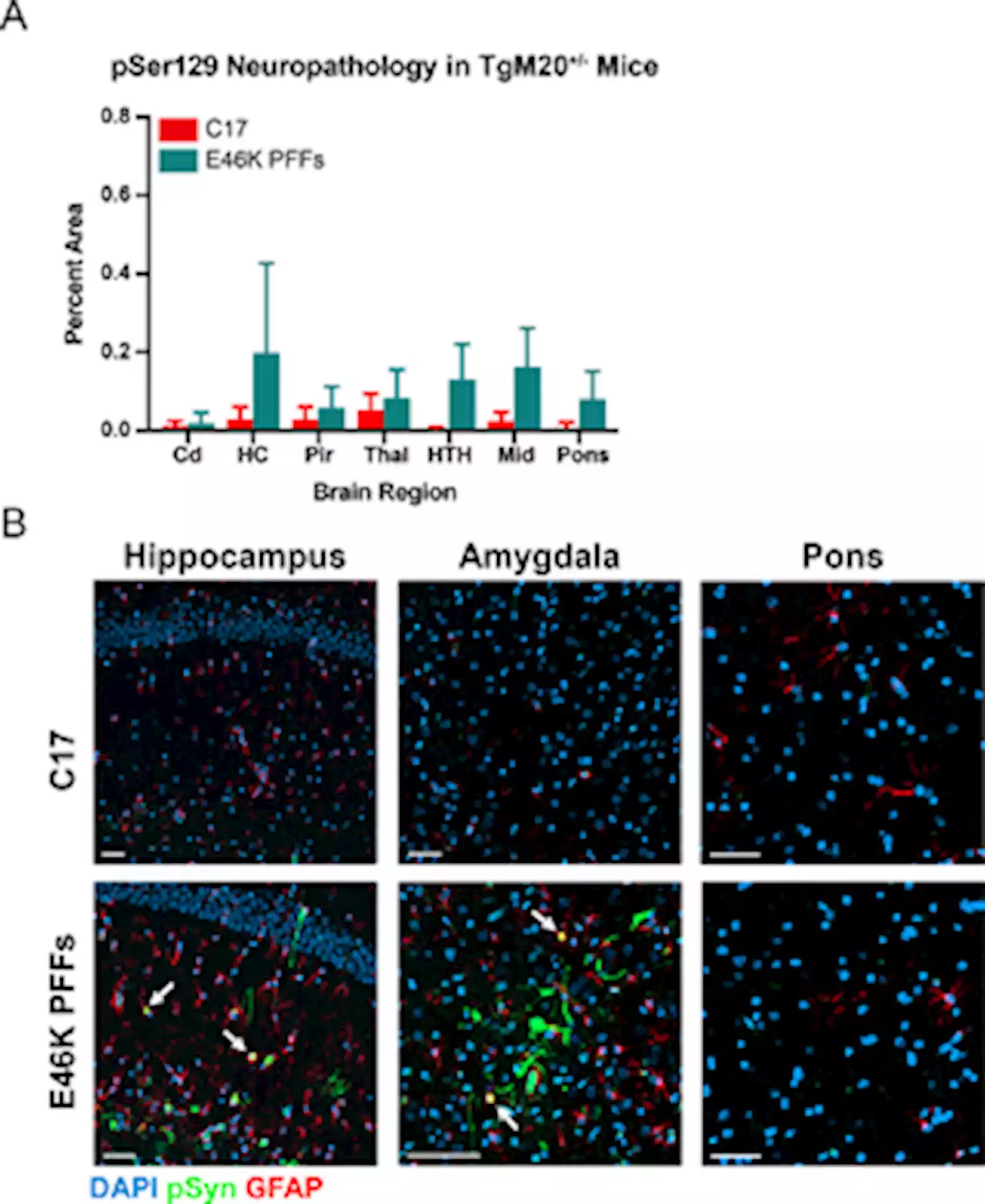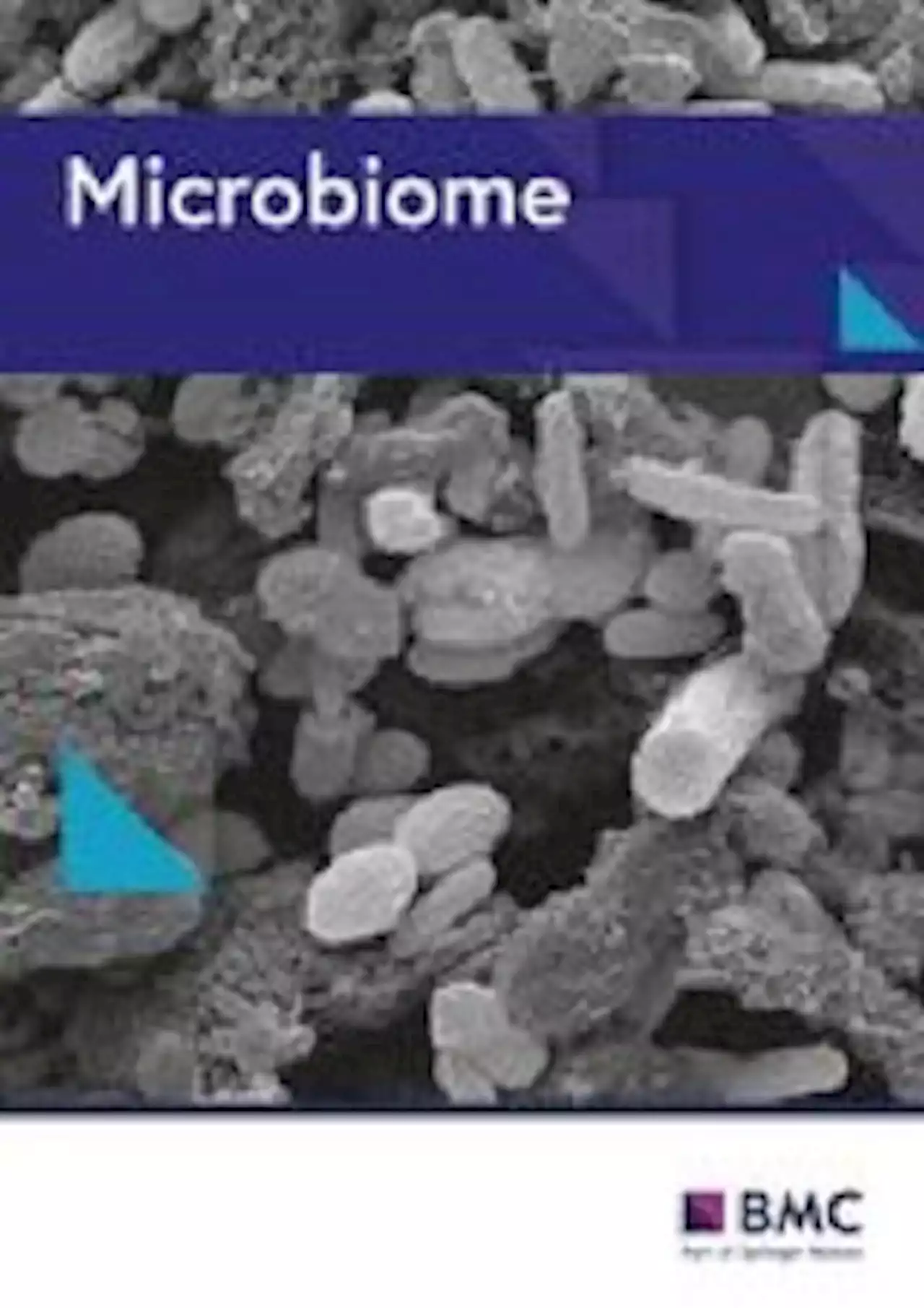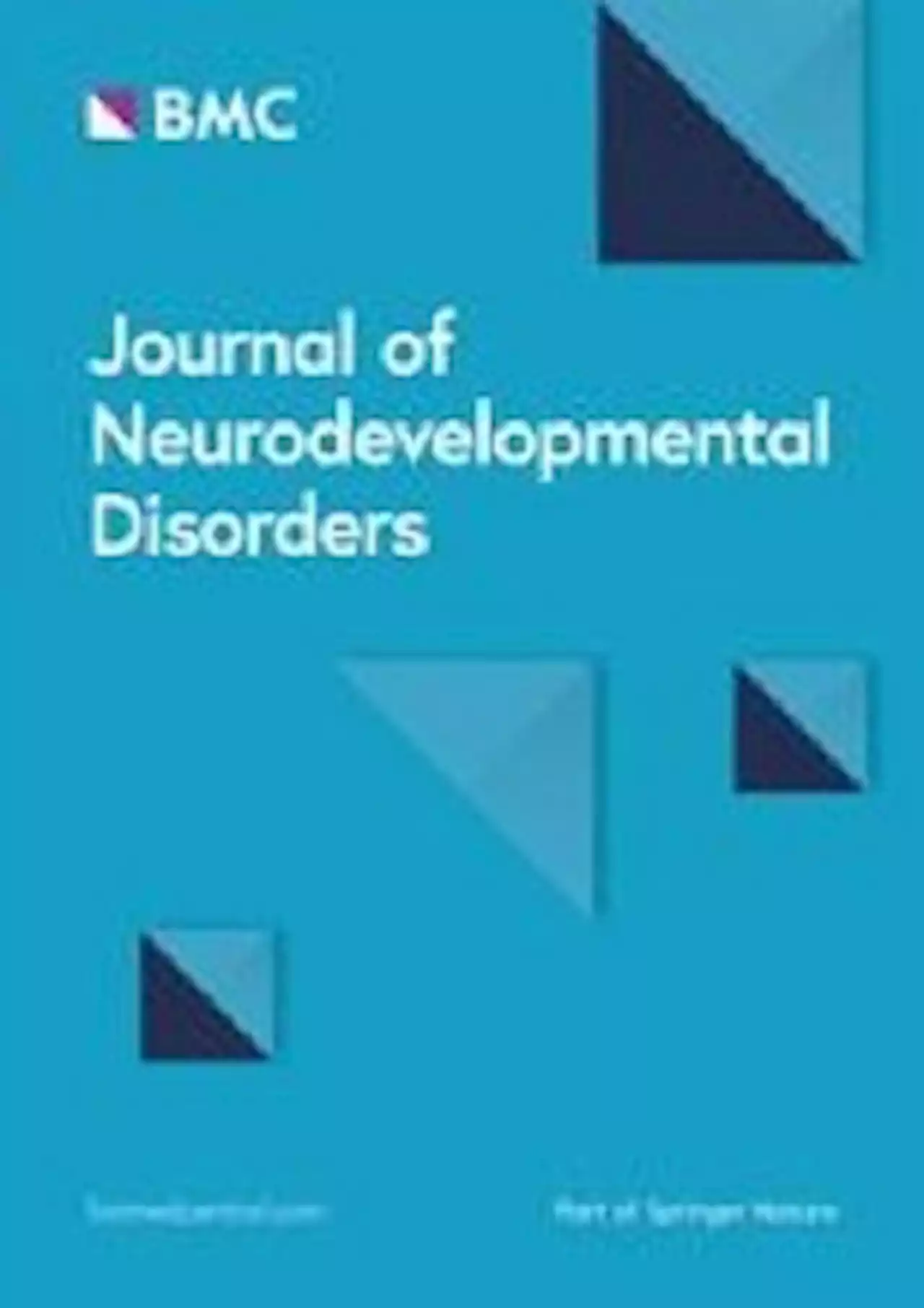An article published in GenomeBiology presents Saluki: a hybrid convolutional and recurrent deep neural network which relies only upon an mRNA sequence annotated with coding frame and splice sites to predict half-life.
], ReLU activation, 1D convolution with kernel width 5, dropout, and max pooling with width 2. Overall, the model consists of 155,521 learnable parameters. We chose layer normalization over batch normalization because most of the 3′ positions are zero padded and would confuse the batch statistics. In contrast, layer normalization is computed independently at each position and simply maintains a zero vector for the padded regions.
To make a single numeric prediction for each sequence, we must aggregate information across the variable lengths. To achieve this, we use a common recurrent neural network block called the gated recurrent unit []. After layer normalization and ReLU activation, the GRU runs backward from the often-padded 3′ end to the information dense 5′ end. We take the final GRU hidden representation from the most 5′ position as a summary of the entire sequence.
We trained with the MSE loss function using the Adam optimizer on batches of 64 examples and learning rate 0.001, beta1 0.9, and beta2 0.98. We clipped gradients to a global norm of 0.5. We used dropout probability 0.3 throughout and added L2 regularization on all convolution, GRU, and dense layer weights with coefficient 0.001. We used skopt to optimize these hyperparameters as well as the number of channels throughout the model.
Our ten folds of genes allowed us to train multiple models, in which each fold was held out as a test set . Because we observed variance from training run to training run, we trained five replicate models for each held-out test fold, producing a total of fifty trained parameter settings. After preliminary analyses to examine the predictions’ variance, we averaged the predictions of the five replicates per test set as an ensemble, which improves accuracy and robustness.
For mutations that modify stop codons, we optionally set the coding track 3′ onwards to zeros. This mode creates disproportionately large effect predictions for these mutations, which can be inconvenient for analyses focused on alternative aspects. We therefore decided not to modify the coding track downstream of the stop codon.] on each functional region independently to identify the enriched motifs associated with changes in half-life.
United Kingdom Latest News, United Kingdom Headlines
Similar News:You can also read news stories similar to this one that we have collected from other news sources.
 Stones reserves special praise for Maguire after England star blocks out background noise - Football365John Stones is proud of the way England defensive partner Harry Maguire has drowned out the noise over his poor form to shine at the World Cup...
Stones reserves special praise for Maguire after England star blocks out background noise - Football365John Stones is proud of the way England defensive partner Harry Maguire has drowned out the noise over his poor form to shine at the World Cup...
Read more »
 The E46K mutation modulates α-synuclein prion replication in transgenic miceAuthor summary The underlying cause of disease in a group of movement disorders called syncleinopathies is the misfolding of the protein α-synuclein into a shape that self-templates to spread disease. The type of synucleinopathy that a patient develops depends on the shape α-synuclein adopts during misfolding. For example, α-synuclein misfolds into one shape in patients with Parkinson’s disease (PD) and into another in patients with multiple system atrophy (MSA). These distinct forms are referred to as strains. Understanding α-synuclein strain biology, and the factors that impact strain formation and spread, is imperative for developing successful diagnostics and therapeutics. In this study, we investigated the effect of the E46K mutation in α-synuclein, which causes PD, on α-synuclein strain biology to determine how the patient’s genetic background can impact disease. Our results showed that this particular mutation modulates α-synuclein spread; while mice expressing E46K α-synuclein were resistant to MSA prion replication, synthetic E46K fibrils induced neurological disease in the mice. In contrast, heterotypic seeding of wild-type synthetic fibrils yielded inefficient propagation that could not induce neurological signs in the mice. These results indicate that patient genotype can greatly impact α-synuclein strain formation and, therefore, clinical presentation in synucleinopathy patients.
The E46K mutation modulates α-synuclein prion replication in transgenic miceAuthor summary The underlying cause of disease in a group of movement disorders called syncleinopathies is the misfolding of the protein α-synuclein into a shape that self-templates to spread disease. The type of synucleinopathy that a patient develops depends on the shape α-synuclein adopts during misfolding. For example, α-synuclein misfolds into one shape in patients with Parkinson’s disease (PD) and into another in patients with multiple system atrophy (MSA). These distinct forms are referred to as strains. Understanding α-synuclein strain biology, and the factors that impact strain formation and spread, is imperative for developing successful diagnostics and therapeutics. In this study, we investigated the effect of the E46K mutation in α-synuclein, which causes PD, on α-synuclein strain biology to determine how the patient’s genetic background can impact disease. Our results showed that this particular mutation modulates α-synuclein spread; while mice expressing E46K α-synuclein were resistant to MSA prion replication, synthetic E46K fibrils induced neurological disease in the mice. In contrast, heterotypic seeding of wild-type synthetic fibrils yielded inefficient propagation that could not induce neurological signs in the mice. These results indicate that patient genotype can greatly impact α-synuclein strain formation and, therefore, clinical presentation in synucleinopathy patients.
Read more »
Impact of the COVID-19 pandemic on timeliness and equity of measles, mumps and rubella vaccinations in North East London: a longitudinal study using electronic health recordsObjectives To quantify the effect of the COVID-19 pandemic on the timeliness of, and geographical and sociodemographic inequalities in, receipt of first measles, mumps and rubella (MMR) vaccination. Design Longitudinal study using primary care electronic health records. Setting 285 general practices in North East London. Participants Children born between 23 August 2017 and 22 September 2018 (pre-pandemic cohort) or between 23 March 2019 and 1 May 2020 (pandemic cohort). Main outcome measure Receipt of timely MMR vaccination between 12 and 18 months of age. Methods We used logistic regression to estimate the ORs (95% CIs) of receipt of a timely vaccination adjusting for sex, deprivation, ethnic background and Clinical Commissioning Group. We plotted choropleth maps of the proportion receiving timely vaccinations. Results Timely MMR receipt fell by 4.0% (95% CI: 3.4% to 4.6%) from 79.2% (78.8% to 79.6%) to 75.2% (74.7% to 75.7%) in the pre-pandemic ( n=33 226; 51.3% boys) and pandemic ( n=32 446; 51.4%) cohorts, respectively. After adjustment, timely vaccination was less likely in the pandemic cohort (0.79; 0.76 to 0.82), children from black (0.70; 0.65 to 0.76), mixed/other (0.77; 0.72 to 0.82) or with missing (0.77; 0.74 to 0.81) ethnic background, and more likely in girls (1.07; 1.03 to 1.11) and those from South Asian backgrounds (1.39; 1.30 to 1.48). Children living in the least deprived areas were more likely to receive a timely MMR (2.09; 1.78 to 2.46) but there was no interaction between cohorts and deprivation (Wald statistic: 3.44; p=0.49). The proportion of neighbourhoods where less than 60% of children received timely vaccination increased from 7.5% to 12.7% during the pandemic. Conclusions The COVID-19 pandemic was associated with a significant fall in timely MMR receipt and increased geographical clustering of measles susceptibility in an area of historically low and inequitable MMR coverage. Immediate action is needed to avert measles outbreaks and sup
Read more »
 USA vs Netherlands liveFollow coverage of the USMNT’s last-16 clash with Netherlands at the 2022 World Cup in Qatar live with The Athletic.The US are attempting to reach a World Cup quarter-final for the first time since 2002, while the Netherlands have reached three finals but never triumphed.The match will be played at the Khalifa International Stadium in Al-Rayyan and kicks off at 3pm GMT, 10am ET, 7am PT.United States: Matt Turner, Sergino Dest, Walker Zimmerman, Tyler Adams (capt.), Antonee Robinson, Yunus Musah, Weston McKennie, Christian Pulisic, Tim Ream, Tim Weah, Jesus FerreiraNetherlands: Andries Noppert, Daley Blind, Nathan Ake, Virgil van Dijk (capt.), Jurrien Timber, Denzel Dumfries, Marten de Roon, Davy Klaassen, Frenkie de Jong, Cody Gakpo, Memphis Depay.Background readingWhat does future hold for Pulisic?World Cup last 16 — who's playing and when?World Cup bracket — plot route to the final(Photo: Getty Images)
USA vs Netherlands liveFollow coverage of the USMNT’s last-16 clash with Netherlands at the 2022 World Cup in Qatar live with The Athletic.The US are attempting to reach a World Cup quarter-final for the first time since 2002, while the Netherlands have reached three finals but never triumphed.The match will be played at the Khalifa International Stadium in Al-Rayyan and kicks off at 3pm GMT, 10am ET, 7am PT.United States: Matt Turner, Sergino Dest, Walker Zimmerman, Tyler Adams (capt.), Antonee Robinson, Yunus Musah, Weston McKennie, Christian Pulisic, Tim Ream, Tim Weah, Jesus FerreiraNetherlands: Andries Noppert, Daley Blind, Nathan Ake, Virgil van Dijk (capt.), Jurrien Timber, Denzel Dumfries, Marten de Roon, Davy Klaassen, Frenkie de Jong, Cody Gakpo, Memphis Depay.Background readingWhat does future hold for Pulisic?World Cup last 16 — who's playing and when?World Cup bracket — plot route to the final(Photo: Getty Images)
Read more »
 Vaginal microbiome-host interactions modeled in a human vagina-on-a-chip - MicrobiomeBackground A dominance of non-iners Lactobacillus species in the vaginal microbiome is optimal and strongly associated with gynecological and obstetric health, while the presence of diverse obligate or facultative anaerobic bacteria and a paucity in Lactobacillus species, similar to communities found in bacterial vaginosis (BV), is considered non-optimal and associated with adverse health outcomes. Various therapeutic strategies are being explored to modulate the composition of the vaginal microbiome; however, there is no human model that faithfully reproduces the vaginal epithelial microenvironment for preclinical validation of potential therapeutics or testing hypotheses about vaginal epithelium-microbiome interactions. Results Here, we describe an organ-on-a-chip (organ chip) microfluidic culture model of the human vaginal mucosa (vagina chip) that is lined by hormone-sensitive, primary vaginal epithelium interfaced with underlying stromal fibroblasts, which sustains a low physiological oxygen concentration in the epithelial lumen. We show that the Vagina Chip can be used to assess colonization by optimal L. crispatus consortia as well as non-optimal Gardnerella vaginalis-containing consortia, and to measure associated host innate immune responses. Co-culture and growth of the L. crispatus consortia on-chip was accompanied by maintenance of epithelial cell viability, accumulation of D- and L-lactic acid, maintenance of a physiologically relevant low pH, and down regulation of proinflammatory cytokines. In contrast, co-culture of G. vaginalis-containing consortia in the vagina chip resulted in epithelial cell injury, a rise in pH, and upregulation of proinflammatory cytokines. Conclusion This study demonstrates the potential of applying human organ chip technology to create a preclinical model of the human vaginal mucosa that can be used to better understand interactions between the vaginal microbiome and host tissues, as well as to evaluate the safety and efficac
Vaginal microbiome-host interactions modeled in a human vagina-on-a-chip - MicrobiomeBackground A dominance of non-iners Lactobacillus species in the vaginal microbiome is optimal and strongly associated with gynecological and obstetric health, while the presence of diverse obligate or facultative anaerobic bacteria and a paucity in Lactobacillus species, similar to communities found in bacterial vaginosis (BV), is considered non-optimal and associated with adverse health outcomes. Various therapeutic strategies are being explored to modulate the composition of the vaginal microbiome; however, there is no human model that faithfully reproduces the vaginal epithelial microenvironment for preclinical validation of potential therapeutics or testing hypotheses about vaginal epithelium-microbiome interactions. Results Here, we describe an organ-on-a-chip (organ chip) microfluidic culture model of the human vaginal mucosa (vagina chip) that is lined by hormone-sensitive, primary vaginal epithelium interfaced with underlying stromal fibroblasts, which sustains a low physiological oxygen concentration in the epithelial lumen. We show that the Vagina Chip can be used to assess colonization by optimal L. crispatus consortia as well as non-optimal Gardnerella vaginalis-containing consortia, and to measure associated host innate immune responses. Co-culture and growth of the L. crispatus consortia on-chip was accompanied by maintenance of epithelial cell viability, accumulation of D- and L-lactic acid, maintenance of a physiologically relevant low pH, and down regulation of proinflammatory cytokines. In contrast, co-culture of G. vaginalis-containing consortia in the vagina chip resulted in epithelial cell injury, a rise in pH, and upregulation of proinflammatory cytokines. Conclusion This study demonstrates the potential of applying human organ chip technology to create a preclinical model of the human vaginal mucosa that can be used to better understand interactions between the vaginal microbiome and host tissues, as well as to evaluate the safety and efficac
Read more »
 A randomized, controlled trial of ZYN002 cannabidiol transdermal gel in children and adolescents with fragile X syndrome (CONNECT-FX) - Journal of Neurodevelopmental DisordersBackground Fragile X syndrome (FXS) is associated with dysregulated endocannabinoid signaling and may therefore respond to cannabidiol therapy. Design CONNECT-FX was a double-blind, randomized phase 3 trial assessing efficacy and safety of ZYN002, transdermal cannabidiol gel, for the treatment of behavioral symptoms in children and adolescents with FXS. Methods Patients were randomized to 12 weeks of ZYN002 (250 mg or 500 mg daily [weight-based]) or placebo, as add-on to standard of care. The primary endpoint assessed change in social avoidance (SA) measured by the Aberrant Behavior Checklist–Community Edition FXS (ABC-CFXS) SA subscale in a full cohort of patients with a FXS full mutation, regardless of the FMR1 methylation status. Ad hoc analyses assessed efficacy in patients with ≥ 90% and 100% methylation of the promoter region of the FMR1 gene, in whom FMR1 gene silencing is most likely. Results A total of 212 patients, mean age 9.7 years, 75% males, were enrolled. A total of 169 (79.7%) patients presented with ≥ 90% methylation of the FMR1 promoter and full mutation of FMR1. Although statistical significance for the primary endpoint was not achieved in the full cohort, significant improvement was demonstrated in patients with ≥ 90% methylation of FMR1 (nominal P = 0.020). This group also achieved statistically significant improvements in Caregiver Global Impression‐Change in SA and isolation, irritable and disruptive behaviors, and social interactions (nominal P-values: P = 0.038, P = 0.028, and P = 0.002). Similar results were seen in patients with 100% methylation of FMR1. ZYN002 was safe and well tolerated. All treatment-emergent adverse events (TEAEs) were mild or moderate. The most common treatment-related TEAE was application site pain (ZYN002: 6.4%; placebo: 1.0%). Conclusions In CONNECT-FX, ZYN002 was well tolerated in patients with FXS and demonstrated evidence of efficacy with a favorable benefit risk relationship in patients with ≥ 90% methylation o
A randomized, controlled trial of ZYN002 cannabidiol transdermal gel in children and adolescents with fragile X syndrome (CONNECT-FX) - Journal of Neurodevelopmental DisordersBackground Fragile X syndrome (FXS) is associated with dysregulated endocannabinoid signaling and may therefore respond to cannabidiol therapy. Design CONNECT-FX was a double-blind, randomized phase 3 trial assessing efficacy and safety of ZYN002, transdermal cannabidiol gel, for the treatment of behavioral symptoms in children and adolescents with FXS. Methods Patients were randomized to 12 weeks of ZYN002 (250 mg or 500 mg daily [weight-based]) or placebo, as add-on to standard of care. The primary endpoint assessed change in social avoidance (SA) measured by the Aberrant Behavior Checklist–Community Edition FXS (ABC-CFXS) SA subscale in a full cohort of patients with a FXS full mutation, regardless of the FMR1 methylation status. Ad hoc analyses assessed efficacy in patients with ≥ 90% and 100% methylation of the promoter region of the FMR1 gene, in whom FMR1 gene silencing is most likely. Results A total of 212 patients, mean age 9.7 years, 75% males, were enrolled. A total of 169 (79.7%) patients presented with ≥ 90% methylation of the FMR1 promoter and full mutation of FMR1. Although statistical significance for the primary endpoint was not achieved in the full cohort, significant improvement was demonstrated in patients with ≥ 90% methylation of FMR1 (nominal P = 0.020). This group also achieved statistically significant improvements in Caregiver Global Impression‐Change in SA and isolation, irritable and disruptive behaviors, and social interactions (nominal P-values: P = 0.038, P = 0.028, and P = 0.002). Similar results were seen in patients with 100% methylation of FMR1. ZYN002 was safe and well tolerated. All treatment-emergent adverse events (TEAEs) were mild or moderate. The most common treatment-related TEAE was application site pain (ZYN002: 6.4%; placebo: 1.0%). Conclusions In CONNECT-FX, ZYN002 was well tolerated in patients with FXS and demonstrated evidence of efficacy with a favorable benefit risk relationship in patients with ≥ 90% methylation o
Read more »
